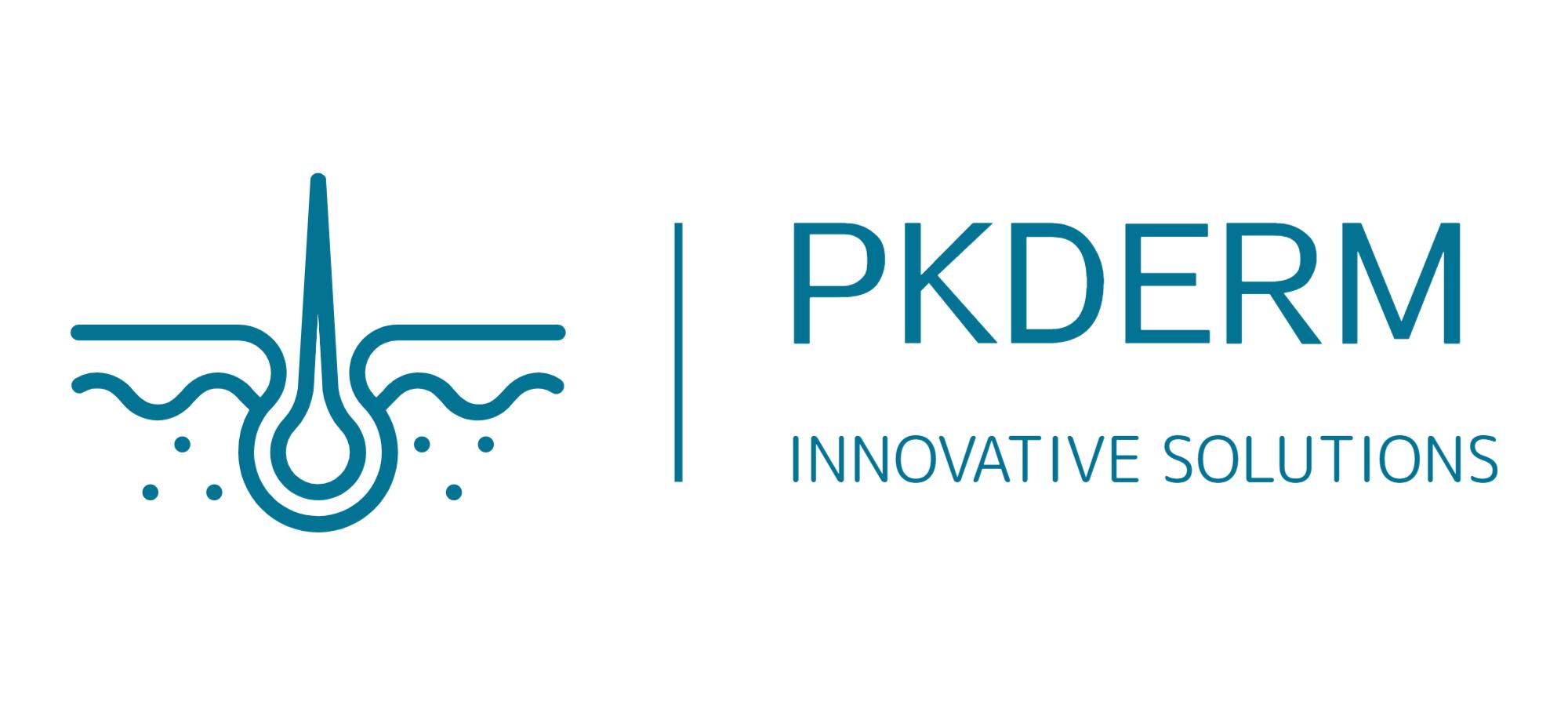OpenTox Virtual Conference 2021 Session 15
Description Standards and Quality Criteria for Data Re-Use in Nanosafety Research
Linda Elberskirch1*, Kunigunde Binder2, Norbert Riefler3, Adriana Sofranko4, Julia Liebing5, Christian Bonatto Minella2, Lutz Mädler3, Matthias Razum2, Christoph van Thriel5, Klaus Unfried4, Roel P.F. Schins4, Annette Kraegeloh1
1INM - Leibniz Institute for New Materials, Campus D2 2, 66123 Saarbrücken 2FIZ Karlsruhe – Leibniz Institute for Information Infrastructure, Hermann-von-Helmholtz-Platz 1, 76133 Eggenstein-Leopoldshafen
3IWT - Leibniz-Institut für Werkstofforientierte Technologien, Badgasteiner Str. 3, 28359 Bremen
4IUF - Leibniz Research Institute for Environmental Medicine, Auf'm Hennekamp 50, 40225 Düsseldorf
5IfADo - Leibniz Research Centre for Working Environment and Human Factors, Ardeystraße 67, 44139 Dortmund
*Presenting author
Nanosafety research generates large amounts of multidisciplinary data, which need to be preserved, disseminated, and accessible for reuse by others. There are several organizations active in the development and definition of standards or guidelines for nanosafety assessment or related research fields. Nevertheless, corresponding metadata, allowing for a doubtless description of the data, are often incomplete or inaccessible to date. Furthermore, the rapidly expanding developments and applications of novel non-animal alternative testing methods require a large amount of information for interdisciplinary comprehensibility. Therefore, it is necessary to record and provide data and metadata in a structured, harmonized, and digitized way throughout the research life cycle. We generated a catalog of descriptive information and quality criteria based on existing standards or guidelines and summarized it in a minimum information table (MIT). The MIT is divided into six major groups: general information, material information, biological model information, exposure information, endpoint read-out information,
and analysis and statistics. The relevance of the identified parameters is under investigation by a round-robin test. The modules biological model information and exposure information seem to be the most crucial information regarding result interpretation and justification of deviations. Additionally, a mapping with existing ontologies, which also aim to electronically collect data and metadata of experiments with nanomaterials, showed that the newly developed MIT could contribute to more detailed and specified information complemented by quality criteria. The use of the defined description standards and quality criteria could improve the significance, reliability, comprehensibility, and re-useability of nanosafety research data.


